Dr. Elizabeth Lamont on How COVID-19 Has Impacted Cancer Trial Enrollment
By Rob Dillard - Last Updated: May 10, 2024A recent study assessed oncology trial enrollment trends following the first wave of the COVID-19 pandemic. This analysis compared oncology clinical trial enrollment rates during the first, second and third waves of the pandemic. Life sciences company Medidata sought to evaluate secular trends in patient enrollment on global oncology trials. DocWire News spoke with Dr. Elizabeth Lamont, Senior Medical Director, Medidata Acorn AI and lead study author, to discuss the findings.
DocWire News: Can you talk to us about the study you conducted?
Dr. Elizabeth Lamont: Sure. So what we studied in the past was what happened when the COVID pandemic first hit essentially globally. And with the first wave, we found a big drop in new oncology trial launches, actually a 60% decrease in the period of January 2020 through end of May 2020. So huge drop-off. And what we were interested in doing in this study was to see what happened during the rest of 2020, if you will. And what we found was as impressive, a rebound as the drop-off was extreme. So that in the end for 2020, the enrollment numbers in oncology or oncology trials was really quite similar to the enrollment numbers in the prior two years. It’s just a dramatic finding and very heartening regarding the ability of the research community to adapt to this once-in-100-years event. So that was the key finding.
What do you attribute to the increase of patients enrolled in cancer trials during this (rebound) period?
So that’s a great question, and I think there are many, many answers to it. We know that there was increased use of remote patient monitoring, collection of patient symptoms, we know that sponsors mailed drugs when the drugs were oral, for example, to patients so that they didn’t have to come into the hospitals to get them, that there was remote interactions with healthcare providers like telemedicine. So the enterprise scrambled to figure out a way to be adherent to each country’s guidelines regarding protection and mitigating transmission, and yet still was able to come full circle by the end of the year to have the same numbers.
Did the study have limitations?
So one limitation is that this was one clinical trial platform data from one clinical trial platform that we studied. And so it may not be representative of all the trials conducted in oncology across the world. With that being said, we do host approximately 40% of all oncology clinical trials. So it’s a fair estimate, I think, of what’s happening globally, but it can’t be interpreted as the final word definitely.
What are the clinical implications of these findings?
So I think what is really exciting, and this is happening in other aspects of life in the world as COVID is hopefully winding down, is that we’ve figured out neat ways to do things we used to do that maybe save aggravation time, money. And that, I think, will be something that persists after COVID in terms of oncology trials. So anything that makes it easier for a patient on an oncology trial, having remote meetings, being able to report symptoms through a device like an iPhone or other smart device, and having drugs sent, maybe the frequency of visits can be decreased. So we can’t scratch our heads and ask, “What really needs to be done,” and not just carry on business as usual, but realize that even with these constraints of COVID, people were able to carry out trials in a way that minimized contact. So I’m hoping that that persists and I’m pretty sure it will. And lots of folks are looking at exactly the question you asked, how did this happen? Because there’s a lot we can learn from it.

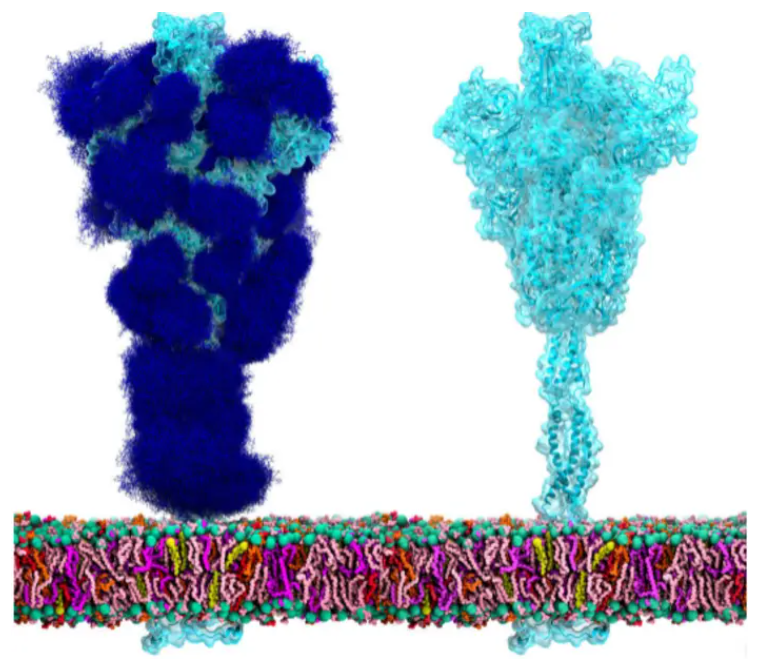
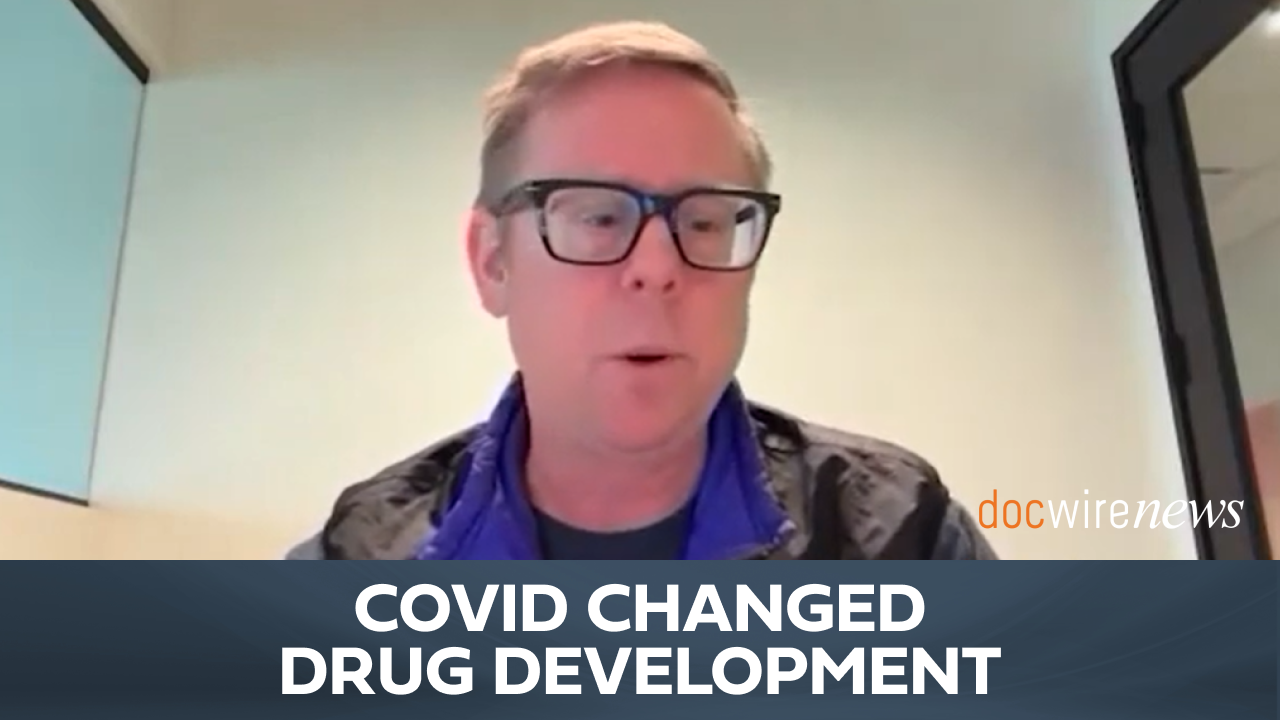
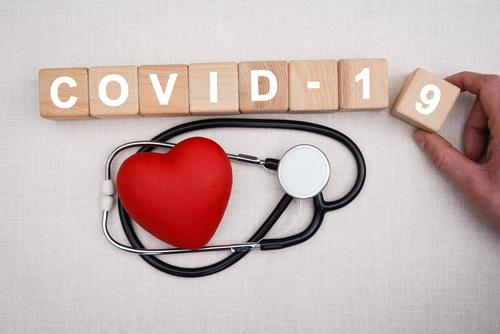
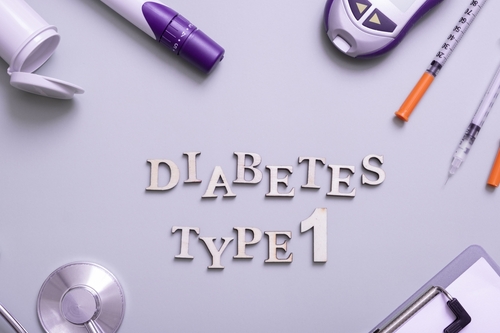
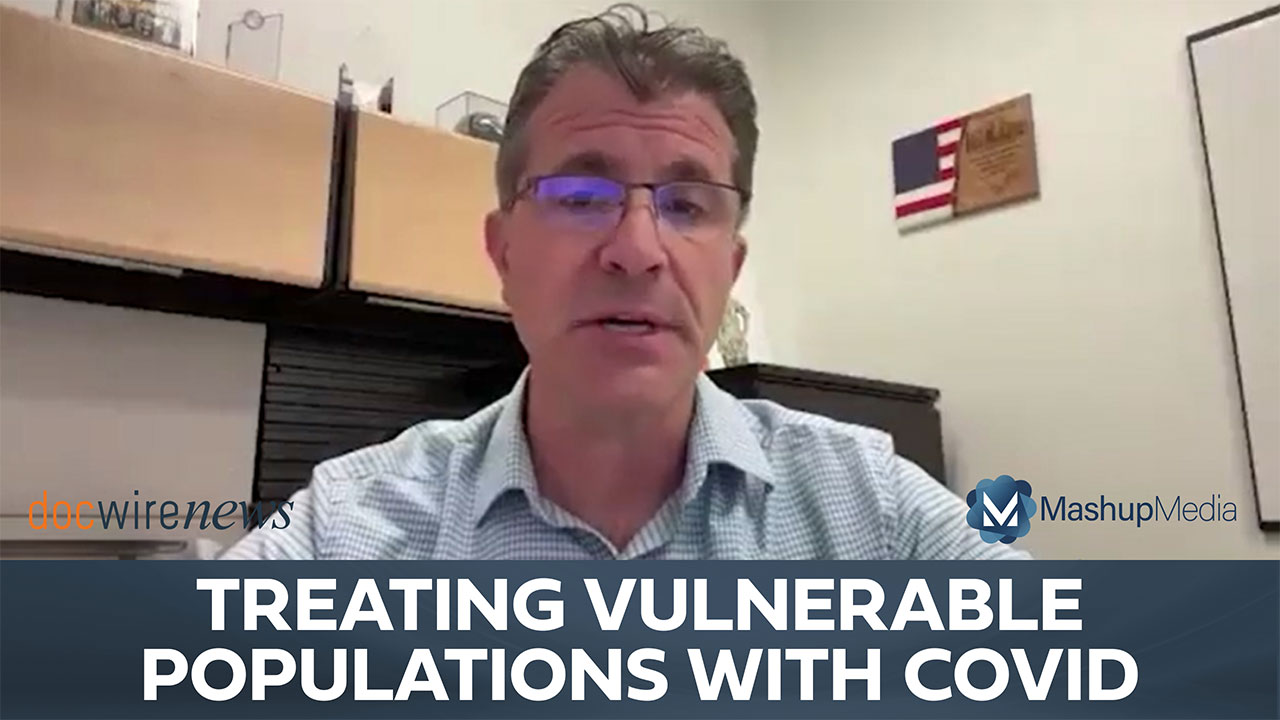

 © 2025 Mashup Media, LLC, a Formedics Property. All Rights Reserved.
© 2025 Mashup Media, LLC, a Formedics Property. All Rights Reserved.